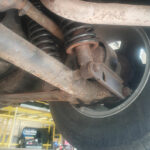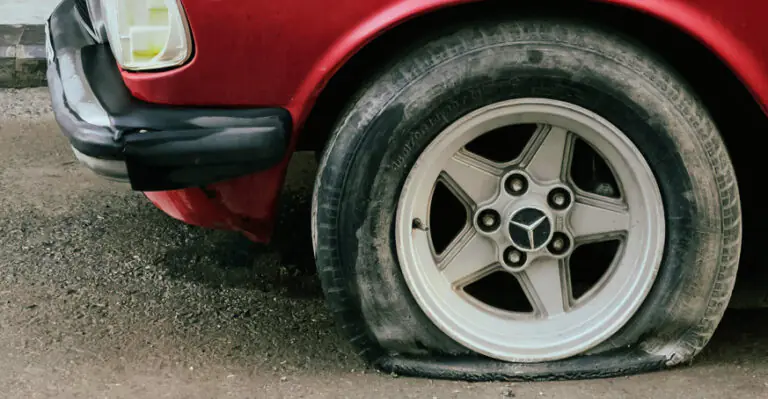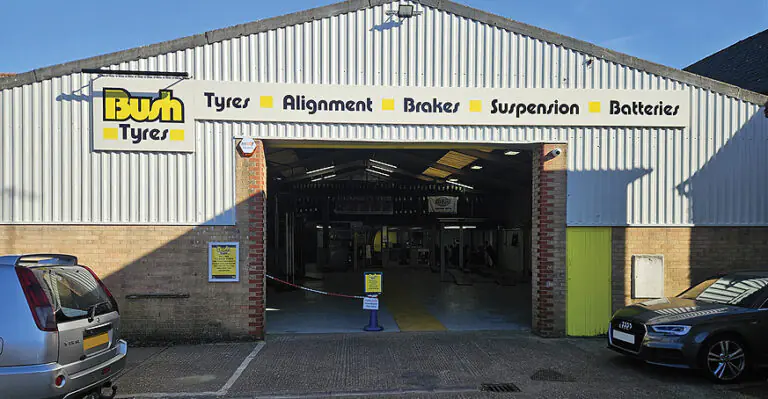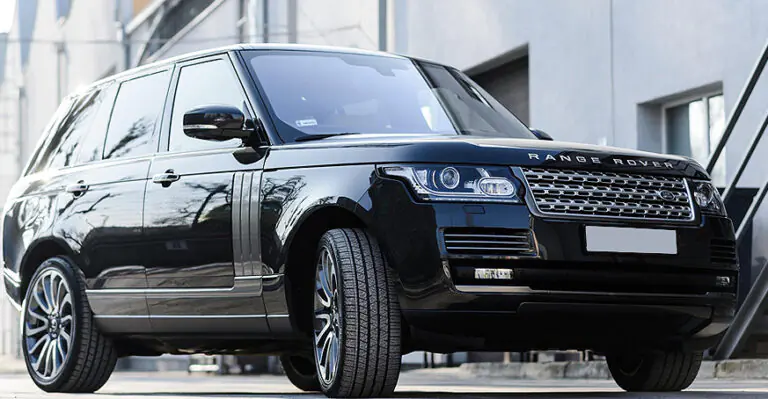1984 Jaguar XJS A Great British Cad or Great British Saint?
Article written by Bush Tyres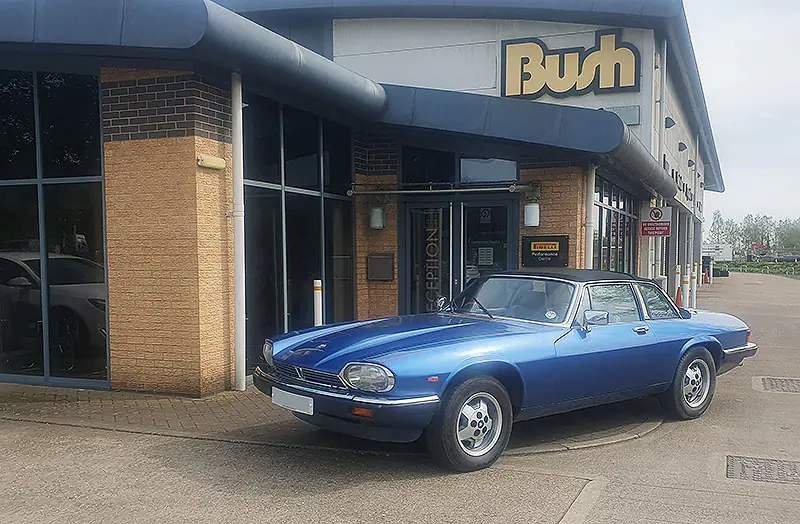
The Jaguar XJS-360C
For those of you that used to, or still find yourselves watching a certain motoring program that rhymes with Hop Hear presented by arguably the 3 greatest motoring pundits of all time, led by the one they call Clarkson. Well, they would have you believe that if your drive a Jag or even better a classic Jag, then you must be a bit of a cad!
The problem is this view is possibly incorrect. Since 1922 when Jaguar started producing cars a great deal of them have ended up in the hands of more on-screen goodies than baddies.
There’s The Avengers, Inspector Morse, The Sweeney, The Equaliser, Return of the Saint, The Italian Job, and Austin Powers to name but a few. Although this classic Jaguar XJS is a few years younger, and bluer than the car Ian Ogilvy sped around in for The Return on the Saint, you could very easily imagine this car hurtling along and performing a handbrake turn* as it did just in front of our Bush Tyres Spalding Depot.
(*It didn’t)
This particular convertible XJS is powered by an in-Line 6-cylinder petrol engine, with a 4 valve double overhead cam arrangement. The engine produces over 200hp and is capable of 0-60 in 7.4 seconds and a top speed of 147mph which is still quick by today’s standards.
The owner of this Jaguar XJS, Cad or not Cad that’s for you to decide, brought it into our workshop for a wheel alignment check as part of the car’s routine maintenance. We recommend that at every tyre change or every 5000 miles you book in for an alignment check. Maintaining your vehicle to this standard will help your tyres perform at their best by maximising the contact with the road. Which is especially helpful if you’re chasing a bad guy.
The tyres will also last longer as a result, you will also save money on fuel consumption by maximising rolling efficiency, and to quote the 1970’s vernacular, with less down time you have more time to nick the villains on your manor.
What makes the Jaguar XJS a little more unusual are the twin springs on the rear. This makes for an interesting “toolbox talk” for some of the younger technicians that may not be familiar with this twin rear spring setup. Jaguar’s design helps reduce the overall size of the spring required, creating extra space in the luggage area for touring the Cote De Azure in pursuit of gangsters, as well as equalising the load carried in front and to the rear of the crossbeam.
When the car was developed in the late 1960s cars mainly used a “live axle” setup for the rear suspension. The Jaguar XJS is an early example to feature a fully independent rear suspension. This improved un-sprung mass and improved overall road holding ability, especially on uneven surfaces and during cornering. The setup also improved the cars ride characteristics and ultimately provided a much smoother driving experience.
The original independent rear suspension system took over 5 years for Jaguar to develop and was first featured on the iconic E-Type. It was used in many assorted sizes and widths to suit models all the way to 1996 with the Jaguar XJS, and even as recently as 2004 on the Aston Martin DB7. Its complex design helped create some of the world’s finest driving cars and improved passenger enjoyment by reducing noise vibration and harshness in the cabin, a winning formula for the luxury carmaker and a standard eventually adopted by all manufacturers.
Get your Classic Car Checked For Free
If you have your own classic like this Jaguar XJS, or any other car or van, the team of trained Alignment specialists at Bush Tyres are here to help keep your cars performing as the manufacturer intended.
Download our FREE ALIGNMENT CHECK VOUCHER here and then call into one of our local branches for your FREE alignment check!
Visit our alignment booking page on our website here
BOOK FOR WHEEL ALIGNMENT



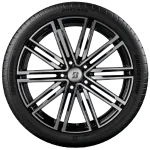 Tyres
Tyres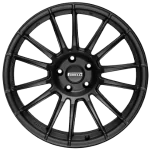 Services
Services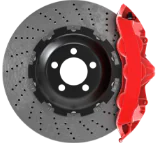 Fast Fit
Fast Fit Offers
Offers